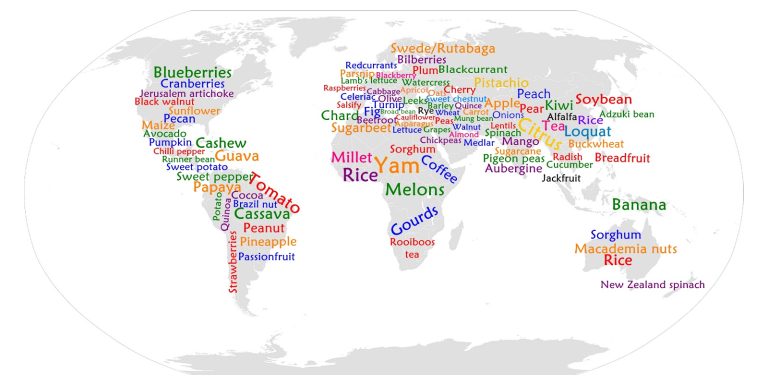how to garden without a yard

The number one reason I hear for why people aren’t growing food is that they don’t have access to garden space.
For people who have their own yard, starting a garden is easy. But for those who don’t have easy access to land, starting a garden takes a little more creativity.
In this article we’ll look at how to find places to grow gardens, and how to make the most out of the spaces you find.
1. Use the Neighbor’s Lawn
It may seem odd in our modern American culture, but in other places around the world people frequently share yard and garden space with their neighbors. If you’ve been eyeing that nice sunny lawn next door, dreaming of filling it with fig trees and big red tomatoes, what could it hurt to ask? Go on, go over there, bring some seeds and a smile, and ask!
I have seen spectacular gardens come together when a group of neighbors with adjacent yards take down the fences between their lots and share the land communally. All the ideas in this book are most effective when done in community, with the people who live nearby. This doesn’t mean everyone can’t have their own space to do as they choose — only that the natural ecology is allowed to be more fully inter- connected, without plants, insects, animals, and natural flows having to overcome fences and other human-made obstructions.
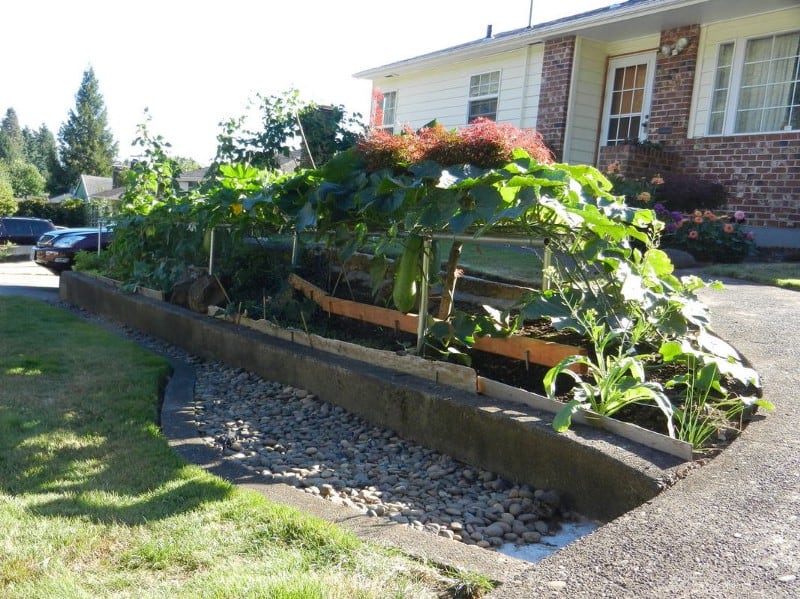
2. Rent a Plot in a Community Garden
Many cities have some sort of community garden program. Ask at the local university, Agricultural Extension Service, or gardening store, or just google it!
Most of these programs lease ground from the city and rent out small plots to local gardeners on a seasonal basis. If you can’t find a program locally, consider starting one!
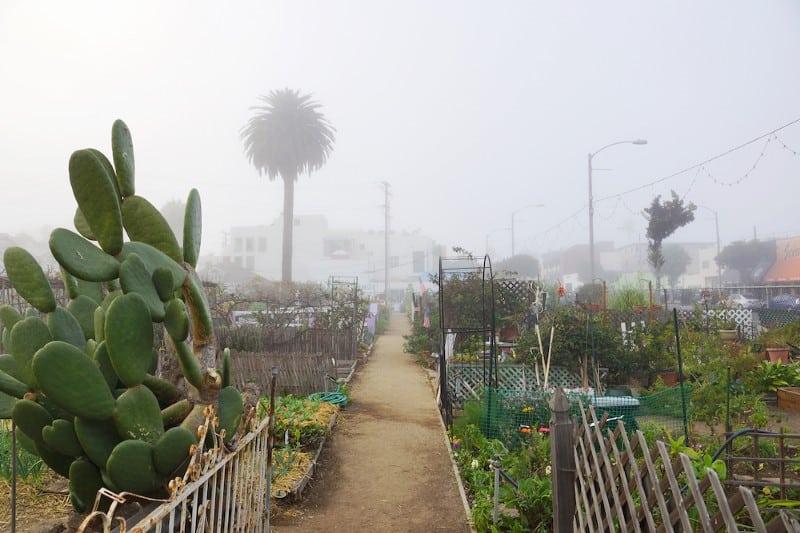
3. Volunteer at a Local Farm or Help Friends with Their Gardens
Most organic farms offer free produce to volunteers, and some will lease you a small plot of your own. This gives you an opportunity to learn from the farmer and access to the farm infrastructure, which includes important resources such as irrigation, seeds, surplus starts, et cetera. Some farms also hire seasonal workers, which can be a great opportunity to spend your summer learning, exercising, and eating fresh produce.
If you can’t find a local farm to work with, volunteer to help your neighbors with their small garden. More options usually reveal themselves as new relationships mature, so build community through voluntary interaction and you won’t be without a garden for long.
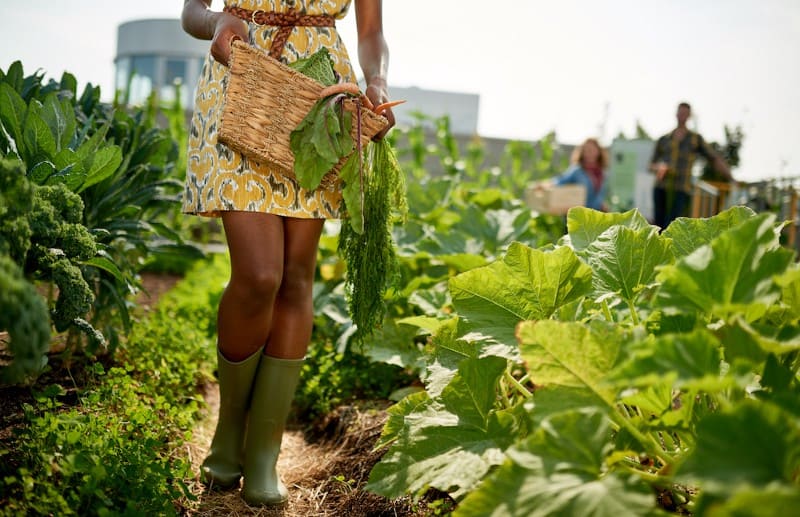
4. Garden in Pots and Containers
Most annual vegetables are well suited for container gardening. Even a small patio can hold a few planters — get pots out of a garden center dumpster or use other recycled containers such as sinks, bathtubs, wine barrels, and plastic buckets with holes drilled in the bottom. Try strawberries, car- rots, beets, tomatoes, cucumbers, zucchini, herbs, and salad greens.
Try a self-contained potato garden: Take some chicken wire and make a round cage. Put a layer of thick straw in the bottom and toss some potatoes in. Cover with straw, leaves, or soil, water often, and keep adding more mulch on top as the shoots emerge. Soon you will have a basket full of fresh potatoes.
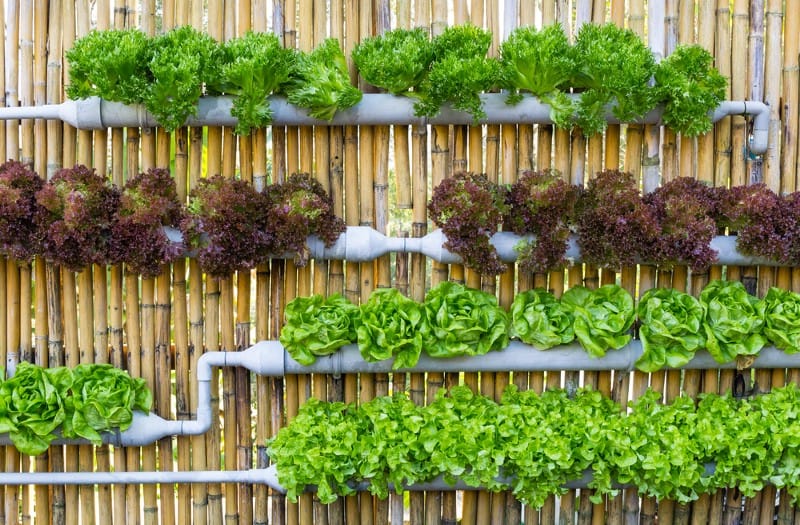
5. Use the Roof
If you lack patio or yard space but have a flat, accessible roof, consider building raised beds or planter boxes on the roof. There are fabulous rooftop gardens in big cities all over the world, with everything from small containers of herbs and salad greens to large planter boxes filled with trees and perennials. Get creative with the space you have now and better options will unfold later.
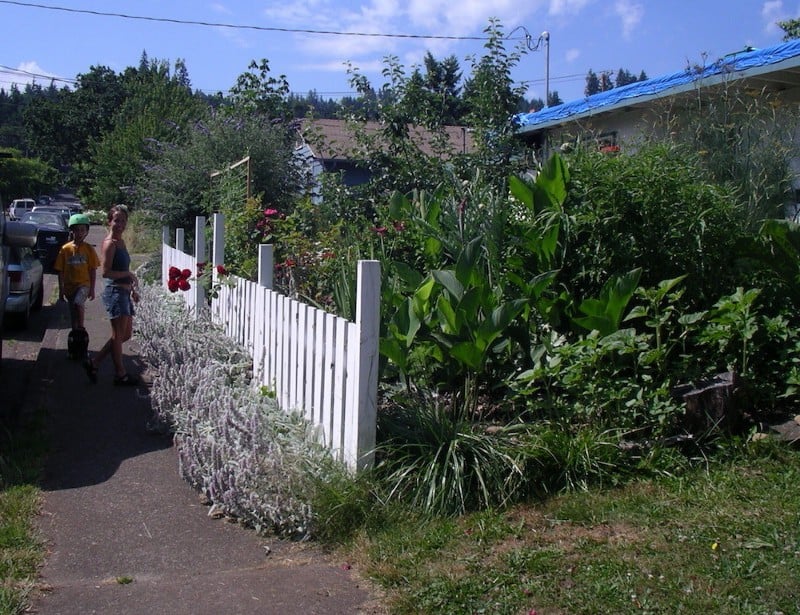
6. De-pave Your Sidewalk or Driveway
Rent a concrete cutter or just get together some friends with crowbars and rip out the pavement around your house. It doesn’t take that much work to convert a driveway or parking area into a garden. I have seen several wonderful examples, and the residents didn’t regret the lost pavement for a second. The broken-up pieces — aptly called “urbanite” — work great as stepping- stones or patio pavers or for building raised beds and terraces. Park on the street and enjoy the extra exercise while walking home through your new garden.
You may even want to tear down a whole building, such as a garage full of junk; recycle the junk and building materials, and grow plants instead. I would much rather have a living, edible garden next to my house than a dirty old box full of consumer crap. Think about it — you probably wouldn’t pave over an orchard to build a driveway, so why choose the pavement over the trees just because it’s there now?
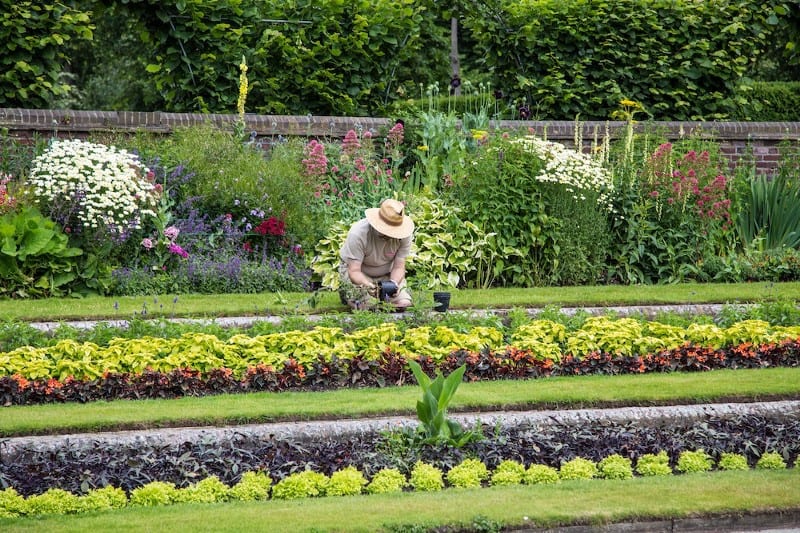
7. Grow Food in the Existing Landscape
You don’t have to turn over a big area or even disrupt existing plantings to integrate some food plants. We once rode bikes around town with a big bag of zucchini seeds, planting them wherever we saw a gap in the landscaping. Later we saw big plants in some of the spots and harvested some delicious zucchini! I have also planted fruit trees into existing beds in front of local businesses or at the edge of a park.
This strategy works well, because the city or property owner main- tains the landscape, and your plants get watered — sometimes even weeded and fertilized — right along with the plants that were already there! The downfall is that whoever is in charge of the site may notice your plant and pull it out or may spray it with toxins. Still, this is a good option for generating more food around town, and it can be great fun.
Also look for good spots in alleyways, along back fences. Often there is a garden on the other side of the fence, and you can plant small beds along the outside that benefit from the surplus water and fertility.

8. Start a Garden in a Vacant Lot
You can do this with or without permission (aka guerrilla gardening!) . Sometimes property owners will let you plant vegetables and fruit trees in a sunny, under- used corner. Others may say no if you ask but won’t notice for a long while if you just do it without telling them.
When the Food Not Lawns collective started our first garden, in an overgrown section of the park, the city didn’t know we were there for almost a year. We got the combination to the gate from a neighbor, cleared out all the trash and debris, and started gardening. By the time folks from the city came along to ask questions, we had a beautiful garden established, and they let us continue to use the space. They even sent park workers to drop off chip mulch once in a while!
There are countless examples like this, where people took over an area, grew food, and maintained access for many years. Some of these squatted gardens eventually gained ownership of the land. Sadly, there are just as many examples of gardens that were eventually bulldozed and paved over. In my opinion it is usually worth a try, and you will probably get at least a season’s reward for your audacity.
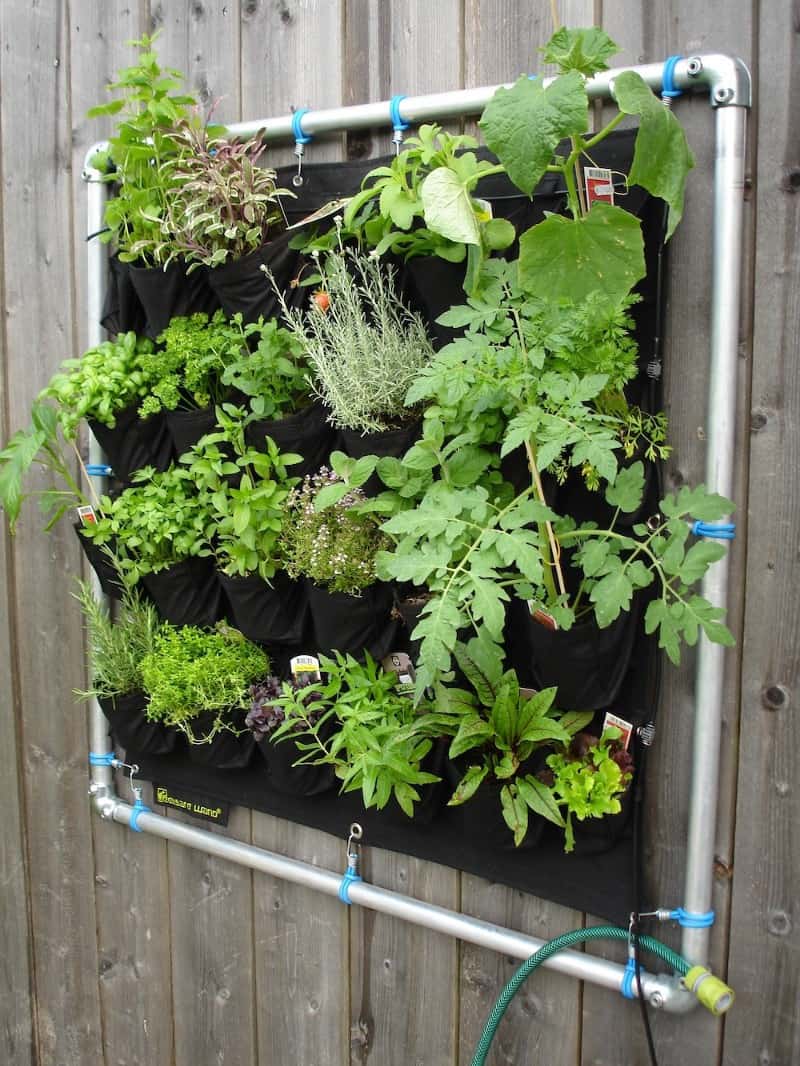
As you look for places to grow, ask yourself some important, practical questions:
Will you actually go there to garden?
Will you be inspired by the surrounding space?
Will the plants have an opportunity to reach maturity?
Will you want to eat the produce?
Grow what you love, what you eat, and what you want to look at, in a space that makes you feel healthy and empowered. Good luck, and let us know how it goes.

